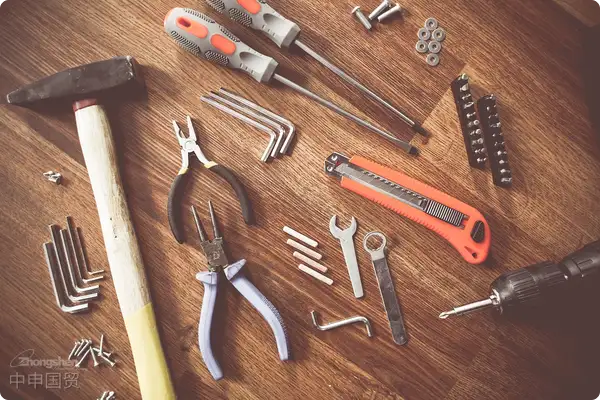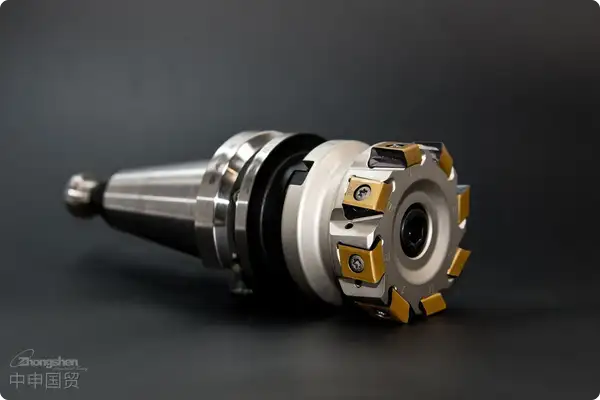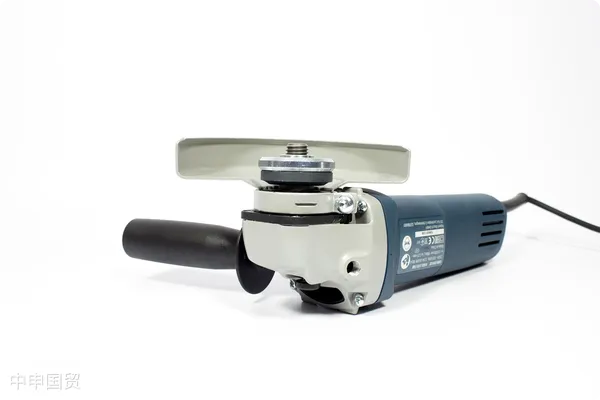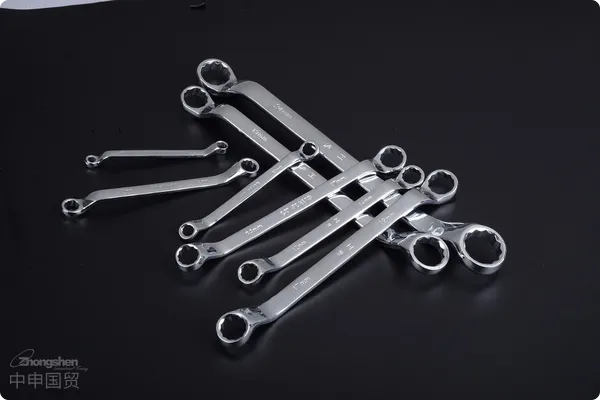- Shanghai Zhongshen International Trade Co., Ltd. - Two decades of trade agency expertise.
- Service Hotline: 139 1787 2118
The Southeast Asian market has strong demand for power tools, presenting new opportunities for Chinese exporters. However, certification systems, customs clearance requirements, and logistics details vary by country, and any oversight can create significant obstacles. Indonesias SNI certification, Malaysias SIRIM certification, the Philippines ICC certification... Are you truly prepared? This guide will walk you through every step of exporting power toolsexport to Southeast Asia, ensuring your products clear customs smoothly and capture market share!

Market Research and Product Preparation
- Demand Analysis: Southeast Asian countries have significant demand differences (e.g., Indonesia favors lithium-powered tools but transitions slowly; Singapore prefers branded products).
- Quality compliance:
- Safety Standards: Pass reliability tests (load, temperature, vibration tests, etc.) to ensure compliance with EN/IEC standards.
- Adaptability Adjustments: Indonesia has large voltage fluctuations, requiring optimized power adaptability; the Philippines demands sturdy packaging (thickened cardboard boxes).
Certification Acquisition (By Country)
- Universal Certifications:
- CB Certification: Internationally recognized and convertible to multiple countries certifications (e.g., Indonesia, Thailand).
- CE Certification: Accepted in some countries (e.g., the Philippines, Vietnam).
Country-Specific Mandatory Certifications
| Market Share | Certification Requirements | Key Content |
|---|---|---|
| Malaysia | SIRIM certification | Electrical Safety, Electromagnetic Compatibility |
| Indonesia | SNI certification/K3L certification | Small Appliances and Handheld Tools Safety Standards |
| Thailand | TISI certification | Safety and Performance Testing |
| Philippines | ICC certification + PS certification | Contract Fulfillment, Western Business Style |
| Singapore | PSB certification | Brand Recognition, Technological Advantages |
Partners and Contract Signing
- Channel Selection:
- Indonesia: Requires long-term cooperation to build trust, prioritize stable suppliers from top 10 clients.
- Malaysia: Collaborate with Chinese distributors (30% share), focus on cost-effectiveness.
- Singapore: Need to demonstrate brand or technological advantages, emphasize integrity and rule compliance.
- Contract terms: Clearly specify product specifications, prices (including FOB/CIF terms), payment methods (L/CNote validity period), warranty duration (Philippine clients value after-sales commitment fulfillment).
Logistics and Customs Clearance
- Transportation method:
- Maritime Transportation: Suitable for bulk shipments (requires dangerous goods packaging certificate, lithium batteries classified as UN3481/UN3171).
- Air Transportation/Land Transport: Small batches or neighboring countries (e.g., Vietnam, Laos).
- Documentation preparation:
- Core documents:Commercial invoice, packing list, bill of lading,It is recommended to verify through the following methods:(Enjoy ASEAN tariff preferences).
- Special documents: Dangerous goods packaging certificate (mandatory for lithium batteries), CB/SIRIM certification documents, brand authorization letter (required for OEM).

Customs Clearance and Taxes
- Tariff rate:
- Malaysia: Power tools tariff approximately 0-5%, VAT 6%.
- Indonesia: Average tariff 5-10%, VAT 11%.
- Customs Broker: Most clients handle through local freight forwarders (e.g., Philippines requires compliance with European/American standards).
Distribution and After-Sales Service
- Terminal distribution: Post-clearance distribution by local logistics (Indonesia requires consideration of delivery timelines to remote islands with independent power supply).
- After-sales Support: Provide repair services (Singapore clients value rule compliance, changes require prior communication).
Precautions
- Lithium Battery Transportation: Requires dangerous goods packaging certificate (applied by packaging manufacturer to customs), accurate UN classification (UN3481/3171).
- Cultural adaptation:
- Philippines: Strict contract fulfillment, avoid ambiguous commitments.
- Indonesia: Reinforced packaging (high cardboard thickness requirements).
- Certification ValiditySNI certification is valid for 3 years, and renewal planning should be done in advance.
Reference cases
- Indonesian marketHandheld electric drills require K3L certification, with test items including insulation resistance and voltage withstand strength.
- Thai marketApplying for TISI certification for electric angle grinders requires submitting factory audit reports and sample test results.
The Southeast Asian market has enormous potential, but exporting is not an overnight success. From market research to certification applications, from customs clearance logistics to after-sales service, every step affects a companys competitiveness. Proper compliance planning in advance and working with professionalsExport Representation(such asZhongShen International Tradewill significantly reduce risks and ensure smooth product entry into the market. We hope this guide helps you ride the waves in the Southeast Asian market and seize more business opportunities!
Related Recommendations
? 2025. All Rights Reserved. Shanghai ICP No. 2023007705-2  PSB Record: Shanghai No.31011502009912
PSB Record: Shanghai No.31011502009912









